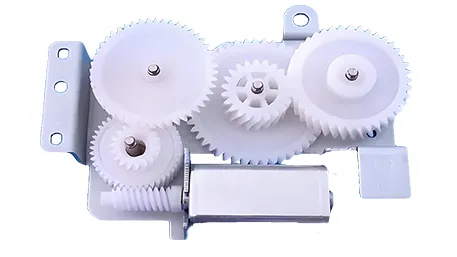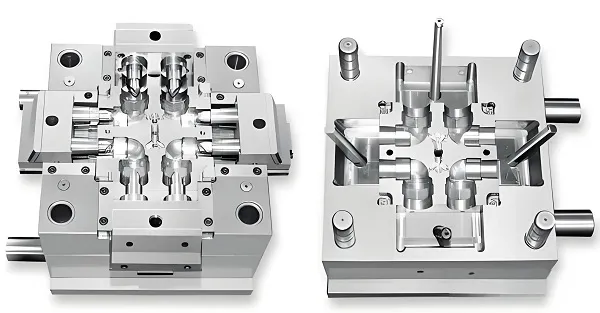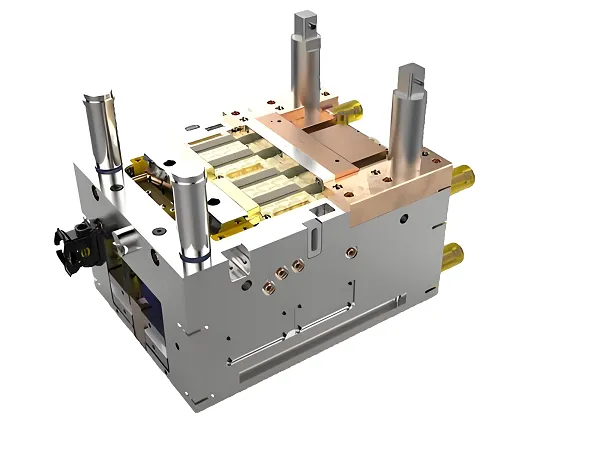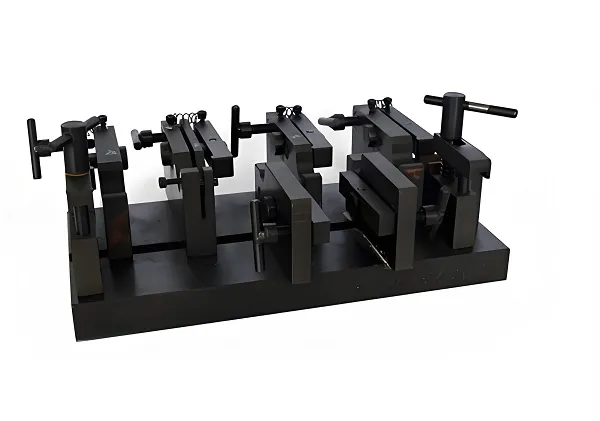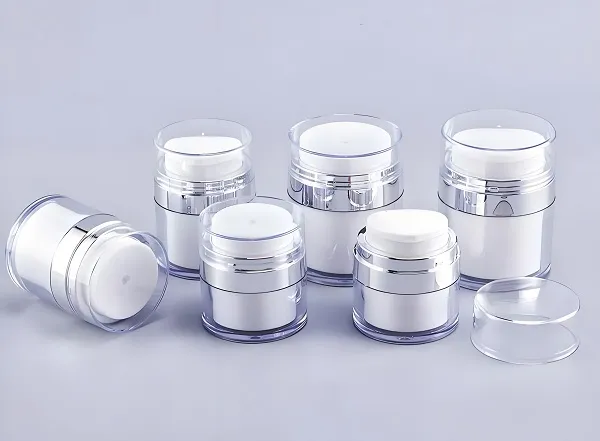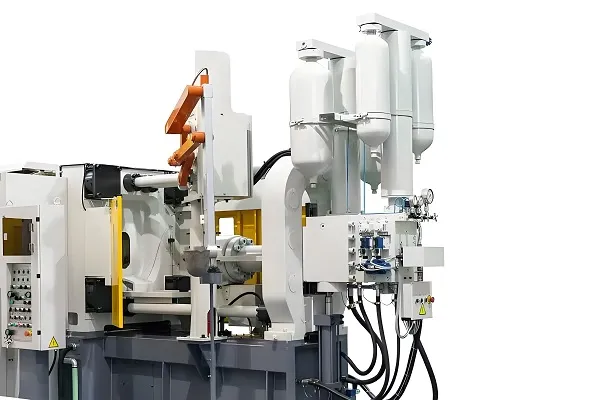Rubber injection molding is a kind of efficient and precise rubber products production process, which will be heated and plasticized by the injection machine, and then injected into the closed mold under pressure, and then vulcanized to become the required rubber products. This process has the significant advantages of short molding cycle, high production efficiency, low labor intensity, high product quality, etc., so it is widely used in the production of rubber products.
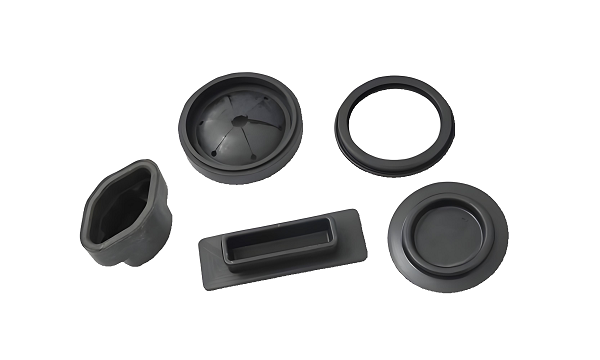
1. Process flow
Rubber injection molding process mainly includes the following steps:
1.1 raw material preparation: rubber raw materials (such as raw rubber) and a variety of agents (such as vulcanizing agent, accelerator, antioxidant, filler, etc.) in a certain proportion of mixing, made of mixed rubber. The quality of rubber mixing directly affects the subsequent molding process and the performance of the final product.
1.2 Plasticization: the rubber mixer is fed into the barrel of the injection machine, and through heating and the shear action of the screw, the rubber material is plasticized and reaches a certain fluidity and viscosity, so as to facilitate injection molding.
1.3 Injection: Under high pressure, the plasticized rubber material is injected into the closed mold through the nozzle of the injection machine. The shape of the mold cavity determines the final shape of the rubber product.
1.4 VULCANIZATION: While the rubber material is cooling and curing in the mold, it is vulcanized. Vulcanization is the cross-linking reaction of rubber molecular chains by heating, which improves the physical properties and chemical stability of the rubber product. Vulcanization time and temperature depends on the type of rubber and product requirements.
1.5 Demolding: After the completion of vulcanization, open the mold to take out the rubber products. At this time, the rubber products already have a certain strength and elasticity, and can be processed or used directly.
1.6 Post-processing: take out the necessary post-processing of rubber products, such as deburring, grinding, inspection, etc., in order to improve the appearance of the product quality and performance stability.
2. Rubber injection molding materials
2.1 Styrene-Butadiene Rubber (SBR): Styrene-Butadiene Rubber (SBR) is a kind of synthetic rubber with excellent abrasion resistance, aging resistance and processing performance. It is widely used in the production of tires, hoses, tapes, rubber shoes and other rubber products.
2.2 Natural rubber (NR): natural rubber is processed from rubber emulsion extracted from rubber trees and other plants. It has good elasticity, cold resistance, abrasion resistance and insulation, and is commonly used in the manufacture of tires, seals, conveyor belts and so on.
2.3 Nitrile rubber (NBR): Nitrile rubber is a kind of synthetic rubber which is resistant to oil, solvent and abrasion. It is widely used in the manufacture of oil seals, O-rings, oil-resistant hoses and other rubber products that require oil resistance.
2.4 Silicone rubber (Silicone Rubber): Silicone rubber has excellent heat resistance, cold resistance, weather resistance and electrical insulation properties. It is often used in the manufacture of high-temperature seals, electrical insulation components and medical supplies.
2.5 Fluoroelastomer (FKM): Fluoroelastomer has very high heat resistance, oil resistance, chemical resistance and weather resistance. It is usually used in the manufacture of rubber products that need to work in extreme environments, such as seals for automobile engines, seals for petrochemical equipment and so on.
2.6 EPDM: EPDM has excellent aging resistance, ozone resistance and weather resistance. It is often used in the manufacture of rubber products for outdoor use, such as roof waterproofing materials, bridge bearings and so on.
3. Rubber injection molding technology points
3.1 Injection pressure: injection pressure is the pressure exerted by the screw or plunger of the injection machine on the rubber material, which determines the fluidity and filling effect of the rubber material in the mold cavity. The size of the injection pressure depends on the nature of the rubber, mold structure, and the shape and size of the product. Usually, the injection pressure is between a few MPa and tens of MPa.
3.2 Injection temperature: injection temperature refers to the temperature of the rubber material in the injection process, which affects the fluidity of the rubber material and the speed of vulcanization reaction. The choice of injection temperature needs to take into account the melting point of the rubber, scorch temperature and vulcanization characteristics. Generally speaking, the injection temperature should be higher than the melting point of the rubber material but lower than its burning temperature, to ensure that the rubber material in the mold can flow smoothly and complete vulcanization.
3.3 Mold temperature: mold temperature refers to the temperature of the mold cavity, which affects the vulcanization rate of the rubber and the shrinkage of the product. The choice of mold temperature should be based on the vulcanization characteristics of the rubber and product performance requirements to determine. Higher mold temperature can shorten the vulcanization time, but may also lead to large changes in product size; lower mold temperature may extend the vulcanization time and affect the physical properties of the product.
3.4 injection speed: injection speed refers to the speed of the rubber into the mold cavity, which affects the filling effect of the rubber and the apparent quality of the product. The choice of injection speed should be based on the product shape, size and mold structure to determine. Faster injection speed can shorten the filling time and reduce the defects of the product, but may also lead to the rubber in the mold shear heat is too high and cause scorching.
3.5 Holding time: Holding time refers to the time that the injector maintains a certain pressure after the injection is completed, which ensures that the adhesive flows fully in the mold cavity and fills every corner. The length of holding time depends on the vulcanization characteristics of the rubber and the shape and size of the product. Appropriate holding time can improve the product density and dimensional accuracy.
3.6 Vulcanization time: Vulcanization time is the time required for the rubber to complete the vulcanization reaction in the mold. The length of vulcanization time depends on the vulcanization characteristics of the rubber and mold temperature. Shorter vulcanization time can improve production efficiency, but may also lead to incomplete vulcanization of the product; longer vulcanization time can ensure that the product is fully vulcanized but may reduce production efficiency.
3.7 Screw speed (for screw injection machine): screw speed refers to the screw’s rotational speed in the barrel, which affects the plasticizing effect of the rubber and injection speed. The selection of screw speed should be determined according to the nature of the rubber and the performance of the injection machine. Higher screw speed can improve the plasticizing effect and injection speed but may also increase the shear heat and energy consumption; lower screw speed may reduce the plasticizing effect and injection speed but help to reduce the shear heat and energy consumption.
4. Rubber injection molding applications
4.1 Automotive industry: rubber injection molding occupies an important position in automobile manufacturing. It is used to produce a variety of seals (such as engine gaskets, oil seals, O-rings), shock absorbers (such as suspension shock absorbers), transmission parts (such as timing belts), tire liners and so on. These rubber products are vital for improving the performance, safety and comfort of automobiles.
4.2 Electrical and Electronics Industry: In the electrical and electronics field, rubber injection molding is used to manufacture a variety of insulating parts, gaskets, keypads, dust covers, and so on. These rubber products provide good electrical insulation, abrasion resistance and sealing performance, and protect electrical and electronic equipment from external environmental interference and damage.
4.3 Medical equipment: In the manufacture of medical equipment, rubber injection molding is used to produce a variety of medical rubber products, such as infusion tubes, syringes, catheters, gaskets and so on. These products need to have good biocompatibility, non-toxicity and corrosion resistance to ensure the safety and effectiveness of medical processes.
4.4 Construction industry: Rubber injection molding is also used in the construction field, mainly for the production of waterproofing materials, sealing strips, soundproofing materials and so on. These rubber products can improve the waterproofing, sealing and soundproofing properties of buildings and improve the living environment.
4.5 Aerospace industry: In the aerospace field, rubber injection molding is used to manufacture a variety of high-performance rubber products, such as seals, vibration damping pads, fuel lines and so on. These products need to withstand extreme environmental conditions, such as high temperature, high pressure, strong corrosion, etc., to ensure the safety and reliability of the aircraft.
4.6 Daily necessities: rubber injection molding is also widely used in the production of daily necessities, such as insoles, soles, rubber gloves, rubber toys and so on. These products need to have good abrasion resistance, anti-slip and softness to meet the needs of people’s daily life.

